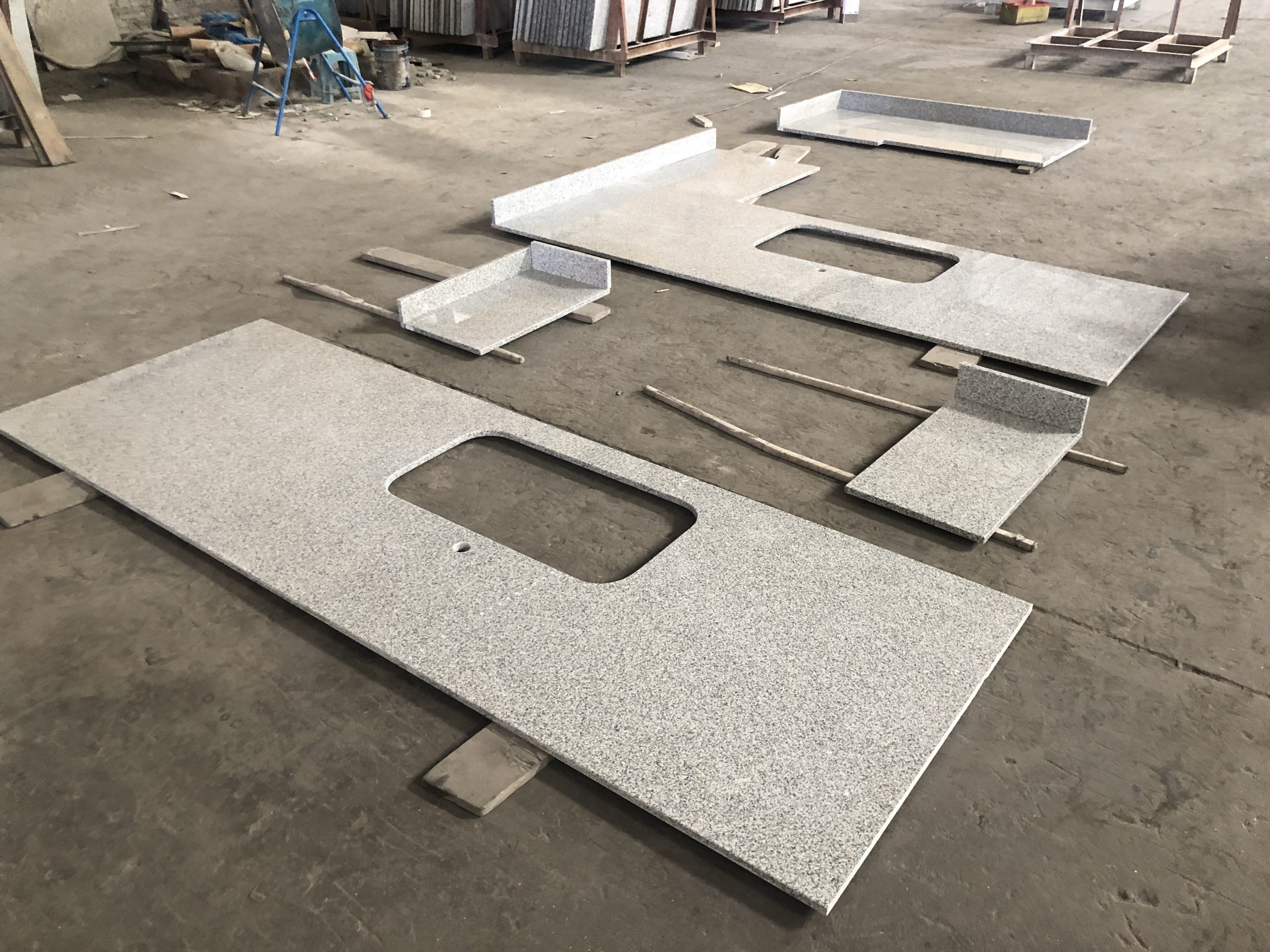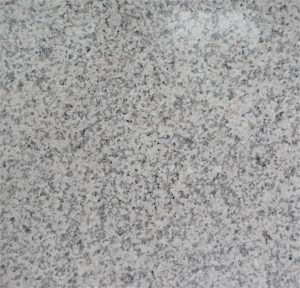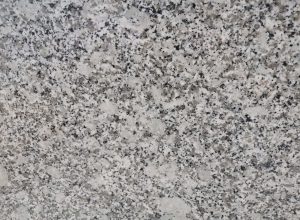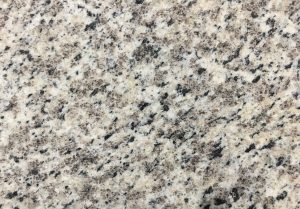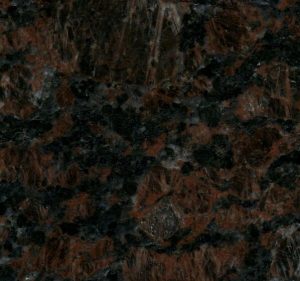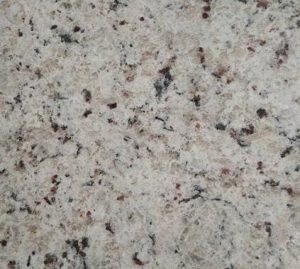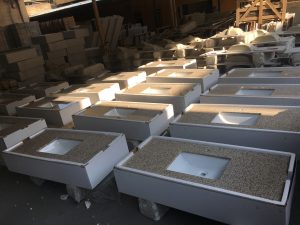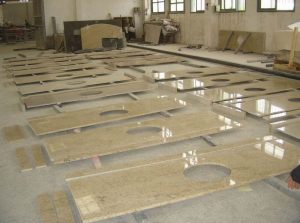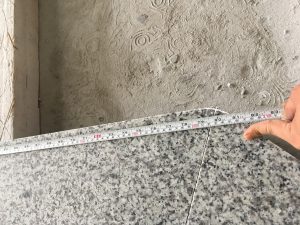The Cost of Granite Countertops is an important factor that homeowners will consider when they change their countertops. Granite countertops are popular in kitchens and baths because of their timeless beauty, durability, and natural elegance. However, the cost of granite countertops can vary greatly depending on several crucial aspects. Understanding these aspects will allow you to make more informed choices whether upgrading your kitchen or building an additional room. Let’s look at the factors that determine the cost of granite countertops.
1. Rarity and availability
Granite covers about 80% of the Earth’s surface, but not all granite is the same. The rarity of the stone has a considerable impact on the cost of granite countertops. Here’s the breakdown:
Level 1 Granite: Slabs are available in various hues and simple designs. They are the most affordable because of their broad availability.
Recommended material: Ivory White Granite, Bala White Granite, Tiger White Granite.
Level 2 Granite: With more complicated patterns and two or more color combinations, level 2 granite is more expensive than level 1.
Recommended material: Santa Cecilia Granite, Steel Grey Granite, Tan Brown Granite.
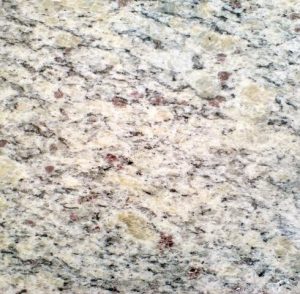

Level 3 Granite: Their unusual or exotic colors (such as blue or green) as well as detailed patterns. While gorgeous, level 3 granite is more expensive due to its scarcity.
Recommended material: Ornamental Granite, Shanxi Black Granite, White Rose Granite.
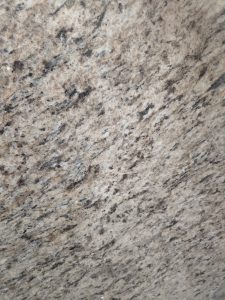

Remember that rarity isn’t always associated with quality or durability. Even level 1 granite can be extremely durable. So you can choose level 1 granite as your first option to reduce the cost of granite countertops.
2. Source and Shipping Distance
Granite is mined all over the world, and the location of the quarry influences its pricing. Shipping costs rise when stone is transported from afar. For example:
Local Granite: If the granite is sourced locally, shipping costs are reduced.
Imported Granite: Shipping granite from nations such as Brazil or Spain to the US increases the overall cost.
As a rule of thumb, the farther away the source, the greater the price.
3. Dimensions and thickness.
The size and thickness of granite slabs affect the ultimate pricing. Consider the following.
Slab Size: While granite slabs vary greatly in length and width, the average slab measures approximately 105 inches long and roughly 54 inches wide. Countertops are charged per square foot, therefore the actual slab size has little impact on the cost.
Thickness: Granite slabs are commonly cut to 2 cm or 3 cm in thickness. Thicker slabs are more costly and durable. However, you may create a similar effect to reduce the cost of granite countertops by using exotic granite in a thinner slab. Proper support assures longevity, even with thinner slabs.
4. Colors and Design
Granite comes in a broad range of colors and patterns. Some colors are more often seen while others are rare, that’s why the cost of granite countertops are different. Intricate veining, unique swirls, and striking contrasts enhance the overall appearance. Exotic colors and intricate designs tend to be more expensive.
Color Variety:
Granite spans a spectrum of hues, from classic whites and blacks to warm browns, greens, blues, and even vibrant reds.
Some colors are ubiquitous and widely seen, while others remain rare gems waiting to be discovered.
The choice of color is deeply personal and often influenced by the overall aesthetic of the space. Lighter shades create an airy feel, while darker tones evoke a sense of richness and depth.
Intricate Veining and Swirls:
Veining refers to the delicate lines and patterns that traverse the granite slab.
Intricate veining, resembling delicate brushstrokes, adds character and visual interest. It can mimic the flow of water, tree rings, or abstract art.
Swirls, whether subtle or pronounced, create movement and depth. They tell a geological story of the stone’s formation over millions of years.
Contrasts and Complements:
Granite’s natural contrasts are captivating. Imagine a creamy white base adorned with bold black veins or a deep green speckled with golden flecks.
Contrasting colors within the stone create drama and focal points.
Harmonious combinations, where colors complement each other, result in a balanced and harmonizing effect.
Exotic Colors and Rarity:
Exotic granite varieties, such as Blue Bahia, Labradorite, or Red Dragon, command attention due to their uniqueness.
These rare colors often come from specific quarries around the world, making them more exclusive and, consequently, more expensive.
Homeowners seeking a one-of-a-kind statement piece to reduce the cost of granite countertops, often gravitate toward these extraordinary options.
Design Considerations:
Beyond color, the design of the granite slab matters. Some slabs feature large, sweeping patterns, while others have fine details.
Bookmatching, where adjacent slabs mirror each other like an open book, creates a seamless flow across countertops.
Waterfall edges, mitered corners, and custom shapes elevate the design but may add to the cost of granite countertops.
5. Fabrication and Installation
The process of fabricating and installing granite countertops involves cutting, shaping, and finishing the slabs. Labor costs, edge profiles, and sink cutouts all impact the cost of granite countertops.
1. Countertop Size and Style: Larger countertops require more material and labor, thus increasing the cost. Additionally, intricate designs or custom shapes can add to the overall expense.
2. Edge Design: The edge profile you choose (e.g., beveled, bullnose, or ogee) affects the cost. More elaborate edges may require additional craftsmanship.
3. Labor and Installation Fees: Professional installation is crucial for granite countertops. Labor costs vary based on complexity, location, and the number of cutouts (e.g., sink, cooktop).
4. Thickness and Finish: Thicker granite slabs are pricier due to the extra material. The finish (polished, honed, leathered) also impacts the cost.
5. Complex Cuts: Long slabs are ideal for kitchen countertops, but complex cuts raise labor expenses.
6. Edge Profiles: Different edge profiles (e.g., bullnose, beveled, or ogee) influence the final pricing.
7. Sink Cutouts: The cutouts increase the fabrication cost if you need under-mount sinks.
The above 5 Factors Affect the Cost of Granite Countertops
Consider all of these factors when setting a budget for granite countertops. Remember that quality, aesthetics, and durability are more important than the price. Your vision matters to us. We offer customization options, from edge profiles to unique finishes. Whether it’s a sleek waterfall edge or a bookmatched design, we tailor granite countertops to your specifications. Consult with Xiamen Funshine Stone’s sales specialists, look into numerous granite selections, and find the ideal combination of cost and value for your property.







